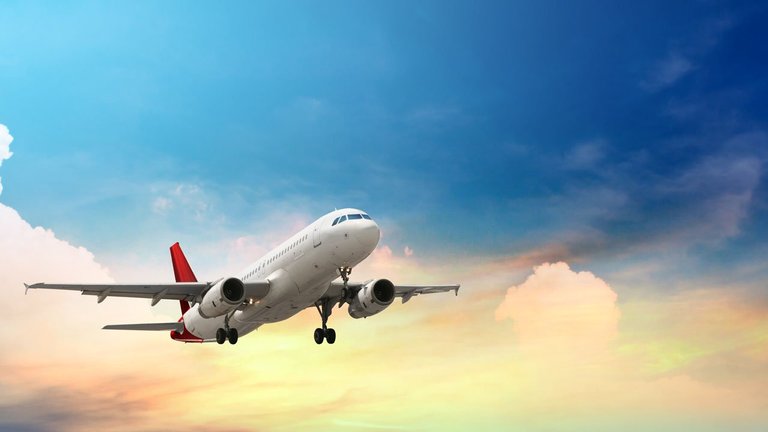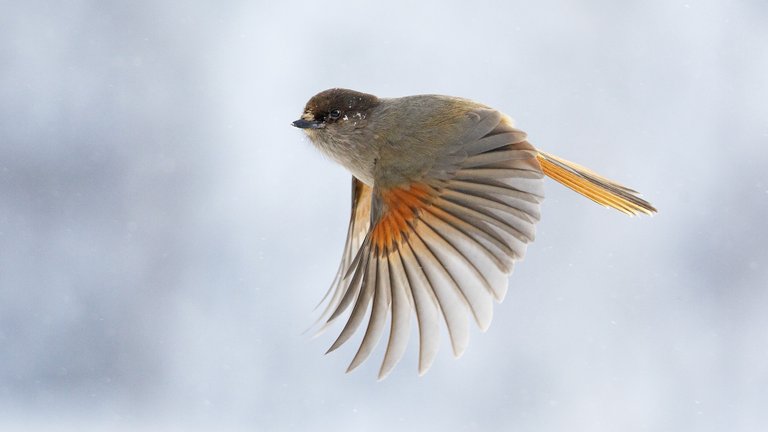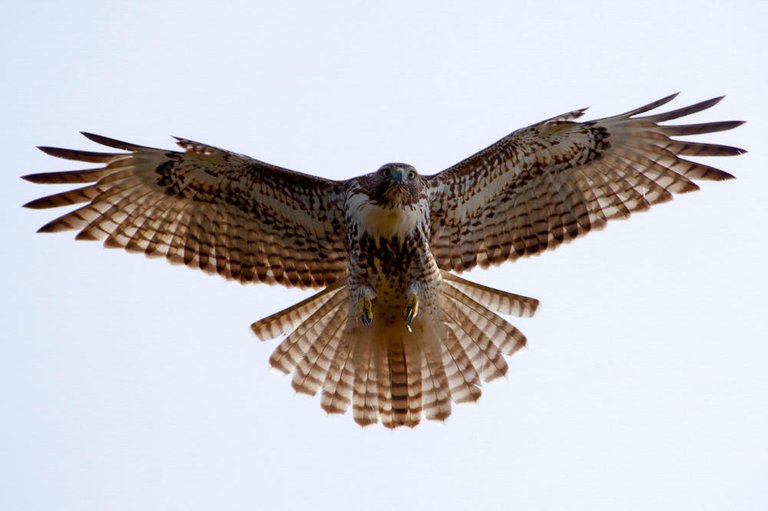Have you ever wondered what keeps a plane in the sky? This post won’t be about history but rather the science behind flight.

Pressure difference
This is the concept behind flight, the difference between the pressure on the upper and lower surface of a planes airfoil-shaped wings results to an upward force called lift. This lift needs to be greater than the planes weight to take it up. An airfoil is any object that has a curved upper surface and a relatively flat-bottom surface. The plane also achieves a forward motion while moving up. Both propellers and jet engines produce a force(thrust) that moves the plane and its airfoil-shaped wings forward. As the blades spin, they create a low-pressure region in front of the propeller and high pressure region behind it. Just like the pressure difference that produces lift it now produces a directional force that pushes the plane forward.
Birds flight, how do birds do that?

Have you ever held a bird? If you have done so you would have noticed how little the bird weighed. Body weight affects flight, of course we know chickens can’t fly that high so low body weight is among the adaptations for flight other adaptations include
- Light bones: bones have air pockets to make them light
- Feathers: light weight feathers firmly attached to skin
- Streamlined body: streamlined body covering that withstands the stresses of flight
Bird wings
Bird wings act as airfoil. They allow air pass over and under causing a lift. The curved upper surface and the flat underside makes this possible. Also birds flap their wings during flight causing them to propel forward.
Some birds are adapted for flying in moving air (hawks)

they have broad wings with finger like pattern helping them change direction and stay aloft with less effort. While some other birds are adapted for flapping flight (humming bird)
 making rapid wing movements with their powerful muscles flapping their wings back and forth around 100 times per second.
making rapid wing movements with their powerful muscles flapping their wings back and forth around 100 times per second.
Now you know what’s behind flight it’s no magic.
Thanks for reading.